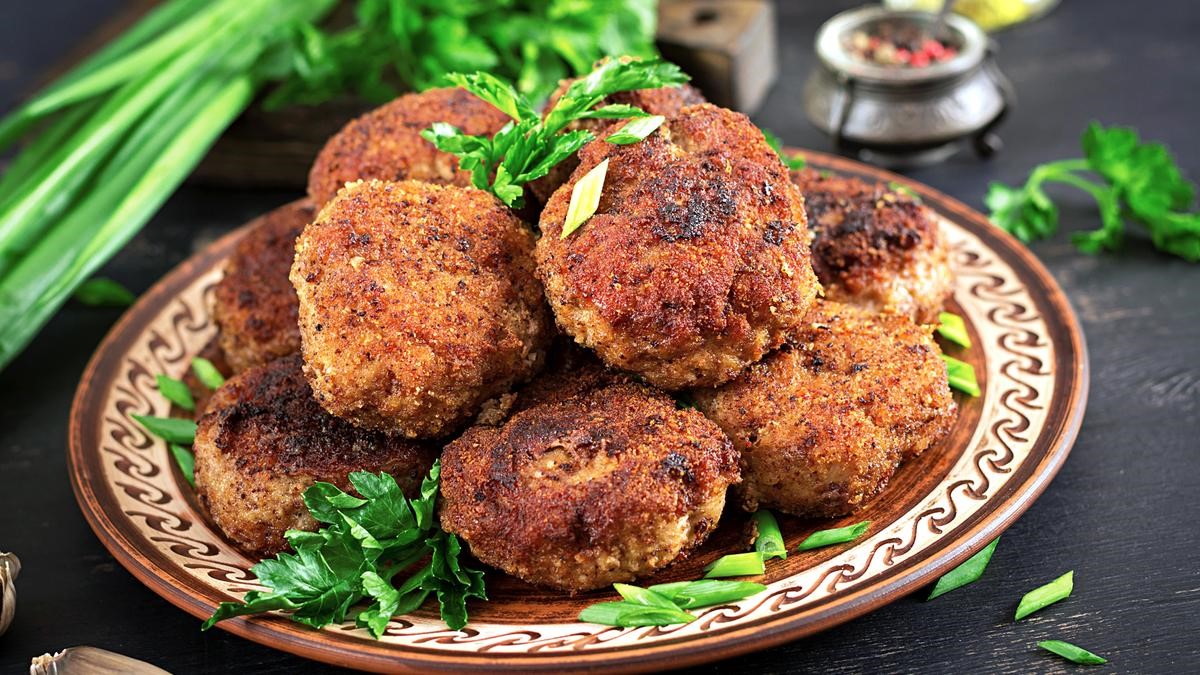Free Courses Sale ends Soon, Get It Now


Free Courses Sale ends Soon, Get It Now



Source: Hindu
Disclaimer: Copyright infringement not intended.
Context
Details
Chemical Process
Factors Influencing the Maillard Reaction:
Ideal Conditions for Maillard Reaction:
Products of the Maillard Reaction:
Implications:
Sources:
|
PRACTICE QUESTION Q. The Maillard reaction is a chemical process that plays a crucial role in the development of flavor, aroma, and color in a wide range of cooked foods. Elaborate. (150 words) |
© 2024 iasgyan. All right reserved